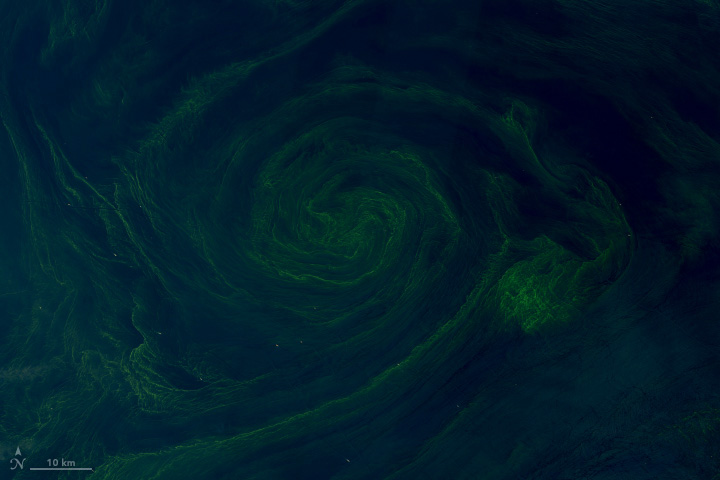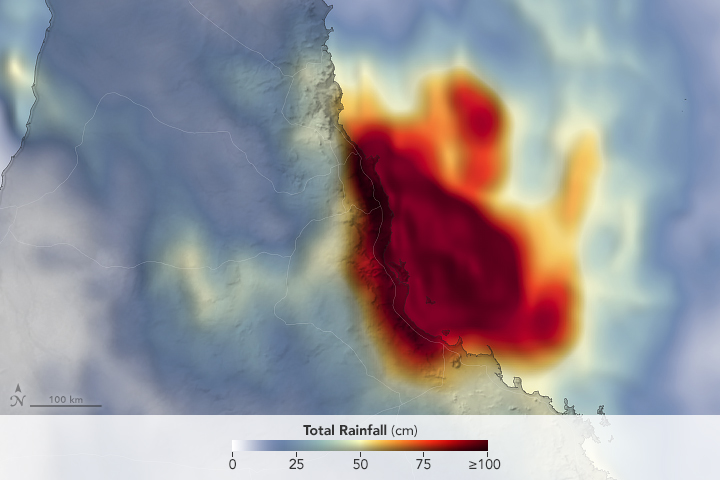- Home
- Missions
- Data
- Communications
- People
- The Earth Observer Newsletter




Recent Imagery
You will be directed to the NASA Visible Earth webpage when you select Images by Mission below, or click on the images at right that are randomly generated to represent four out of all possible topics.
You are here
Plankton, Aerosol, Cloud, ocean Ecosystem (PACE)
Status:
Current
Mission Category:
Earth Systematic Missions Program
Launch Date: February 8, 2024
The Plankton, Aerosol, Cloud, ocean Ecosystem (PACE) mission makes global ocean color measurements to provide extended data records on ocean ecology and global biogeochemistry (e.g., carbon cycle) along with polarimetry measurements to provide extended data records on clouds and aerosols. Understanding of impacts and feedbacks of the Earth system to climate are of critical importance.
Key Plankton, Aerosol, Cloud, ocean Ecosystem Facts
| Mission/Portal Page: | https://pace.gsfc.nasa.gov |
|---|---|
| Origination: | NASA |
| Instruments: |
Ocean Color Instrument (OCI) SPEXone multi-angle polarimeter Hyper-Angular Rainbow Polarimeter (HARP) |
| Project Scientist(s): |
Jeremy Werdell |
| Deputy Project Scientist(s): |
Antonio Mannino Brian Cairns |
| Other Key Personnel: |
Gerhard Meister |

